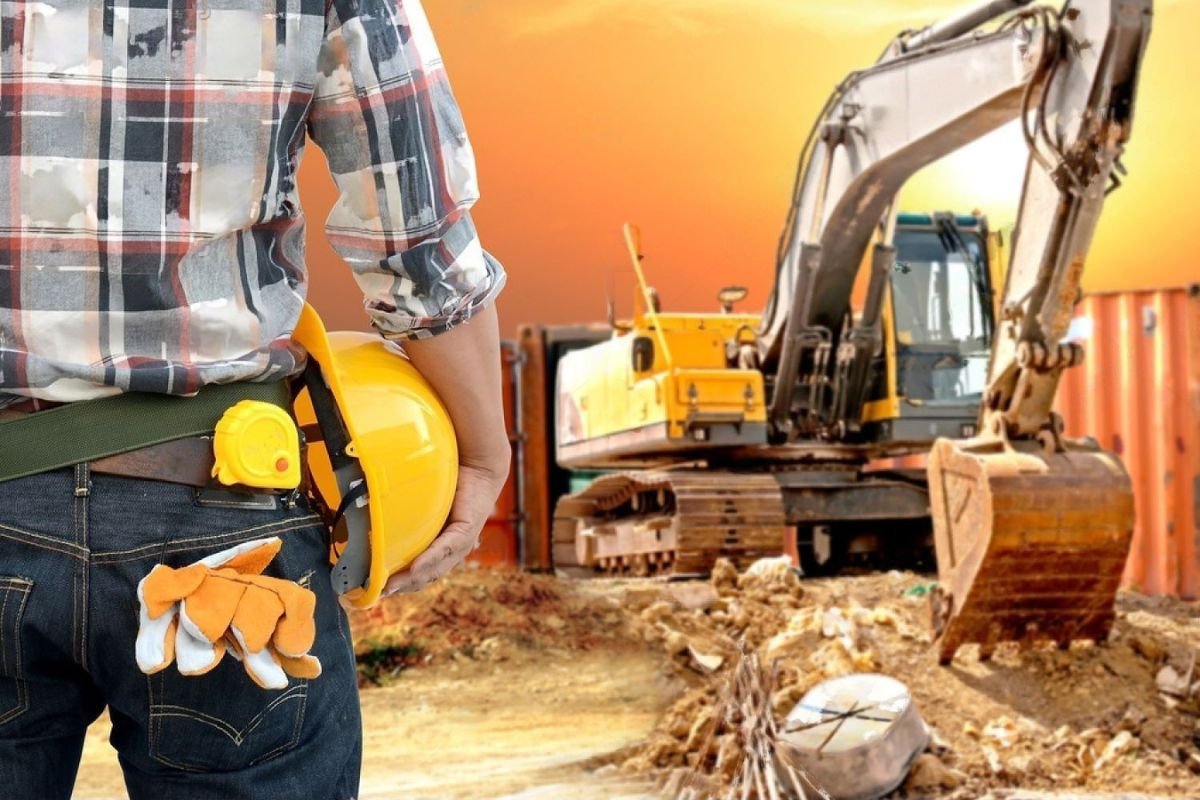Best Practice Guidelines for Demolition in New Zealand
You might assume that if anyone can build a structure, anyone can knock a structure down. However, demolishing a building can often be far more complicated than it seems, especially regarding health and safety, experience, and hazards.
If you’re weighing up your options regarding demolition in NZ or considering what you need to do to keep your team safe, here are some of the many best practice guidelines to keep in mind.
Create a Safe Working Environment
If you’re the client of a demolition site requesting that a building be demolished, you play a part in keeping people safe. You might need to do some of the following things to allow your demolition project to go off without a hitch.
Provide thorough information relating to the structure or building being demolished (drawings, site surveys such as asbestos surveys, engineers reports, services plans, groundwater locations, location and nature of hazardous substances, and the relationship to neighbouring properties)
Gain all necessary approvals to carry out demolition work, and ensure workers are aware of their working hours, noise limits, and other working hours
Keep a complete set of building consent documents on-site for easy access by all who need them
Notify neighbouring property occupants
Locate hazardous substances and make workers aware of them
Use workers with experience, knowledge, resources, and training
Monitor compliance to ensure environmental and health and safety standards are maintained
Keep Demolition Workers Safe
If you’re a demolition company owner with employees, contractors, or subcontractors, you must take all possible steps to ensure no harm comes to them during demolition work. Here are some of the best ways you might be able to do that:
Provide all resources to ensure safe demolition works – such as human resources, machinery, and equipment
Have a method for identifying all hazards and controls to prevent harm
Select the best method of demolition based on the project’s unique features to prevent any injury, loss, or additional or unexpected hazards
Create site-specific safety plans – these plans can be altered as worksite conditions change
Provide personal protective equipment (and ensure its correct use by all workers!)
Obtain all necessary permits
Monitor demolition works from start to finish
Install barriers to prevent entry by non-approved persons
Maintain site security
Ensure Workers Have All the Necessary Training
We can’t all be experts in our chosen fields right away, but experience, qualifications, knowledge, and experience can be required for specific demolition tasks.
For example, demolition operators must be trained in the safe use, maintenance, and inspection of plant and equipment they must operate. Demolition labourers are required to know how to use and wear PPE. They should also understand how to operate, maintain, and inspect all equipment and hand tools they use and know how to handle and store hazardous materials to prevent harm to themselves and others.
When you’re hiring supervisors to undertake demolition work, it can be crucial for them to undergo training for first aid, the use of fall-arrest systems, confined space entry, and the use of specialist equipment, just to name a few.
When you put the call out for workers to assist with your next demolition project, make sure they have adequate training and qualifications to perform the job to a high standard.
Perform Pre-Demolition Checks
While immediately demolishing a building would ensure that the project is performed quickly, it wouldn’t ensure worker safety. It’s crucial to perform pre-demolition checks to make sure everything goes off without a hitch.
A core part of pre-demolition checks involves identifying and controlling hazards, such as:
Falling and flying objects and debris
Falling from height
Dust
Fire and explosions
Noise and vibrations
Unintentional structure collapse
Hazardous substances and materials like asbestos
Truck and machinery movements
Pre-demolition checks can also incorporate a thorough site, structure, and building inspection to look for hazards like:
Asbestos
Toxic substances
Gas and power lines
Fire alarms and services like electrical and water
Traffic conditions
Telecommunications
Biological hazards like sewage and rodents
Underground tanks and pits
And more…
Have a Site-Specific HSE Plan
A site-specific health, safety, and environmental (HSE) plan aims to identify hazards, develop control methods, and communicate these hazards and controls. All HSE plans should have:
A hazard identification register
PPE types and location
Work permit procedures
Auditing and assessment for compliance
Training and certification registers
Hazardous substance register
Induction requirements for employees, contractors, and visitors
Sometimes, this plan must be submitted to a Department of Labour health and safety inspector.
Ensure Safe Demolition in NZ
Demolishing a structure or building in New Zealand can be dangerous, especially when the right precautions aren’t taken. If you aren’t sure how to keep yourself or others safe during a demolition task, consult with the experts to ensure your project goes off without a hitch. They can assist with everything from pre-demolition checks and demolition methods to health and safety practices and the demolition task itself.

